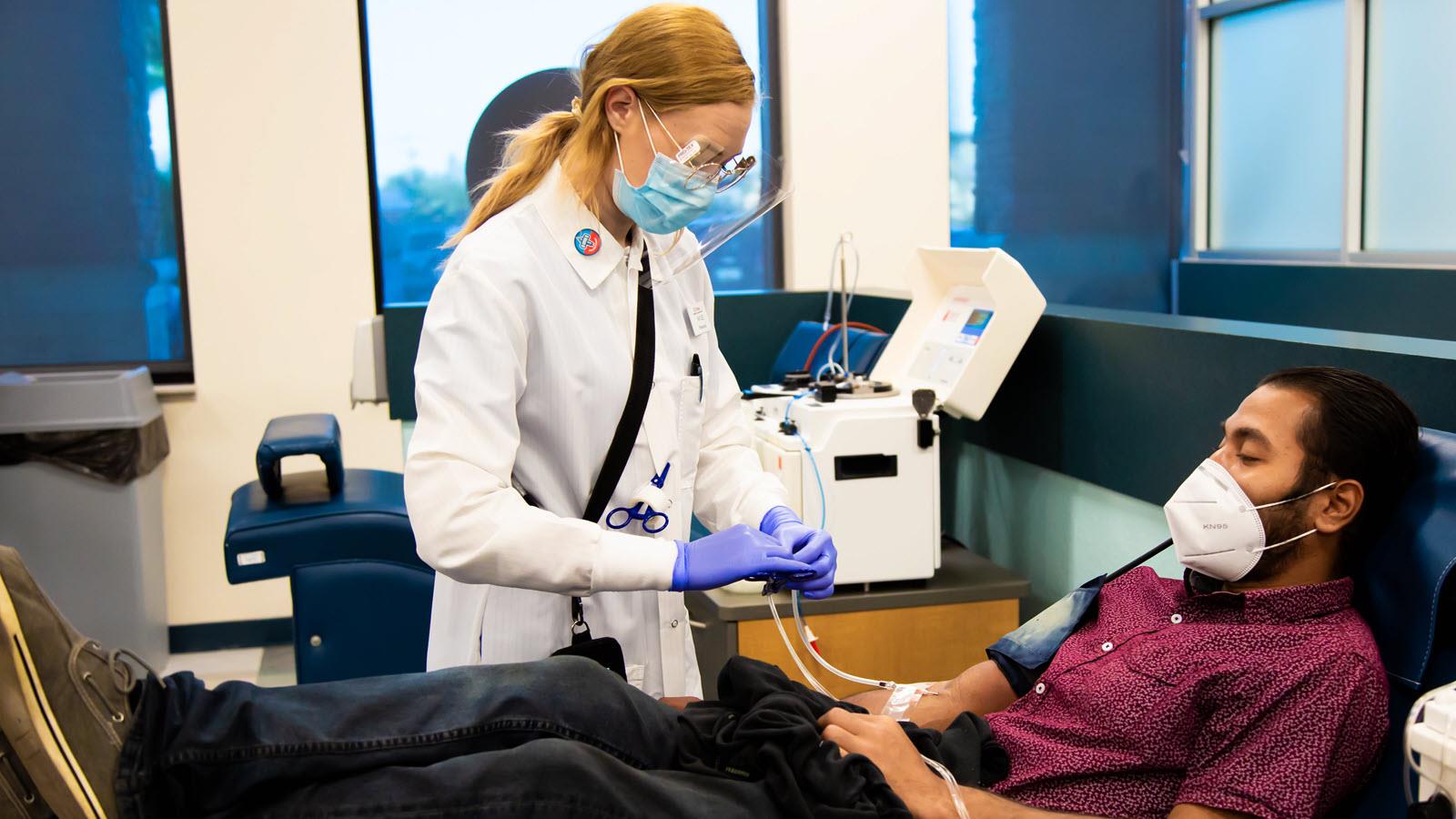This year, plasma grabbed more headlines than ever because of its potential as a treatment for COVID-19.
Last week, The Wall Street Journal published an article about the global plasma supply that featured CSL Limited CEO Paul Perreault. Perreault acknowledged a downturn in springtime plasma donations because of the pandemic and gave his perspective as head of one of the world’s leading suppliers of plasma-based medicines.
While much of the focus has been on antibody-rich plasma from recovered COVID-19 patients, the lesser-told story is about how critical plasma is for medicines needed by people who have rare and serious diseases, like primary immunodeficiency.
“CSL is in the business to take care of patients,” Perreault said. “We’re going to do everything in our power to make sure that they’re supplied.”
To create many of its lifesaving medicines for people living with rare and serious diseases, CSL Behring needs a strong supply of plasma – the protein-rich blood component that flows through all of our bodies. To maintain that supply, CSL Behring’s sister company, CSL Plasma, maintains one of the largest plasma collection networks in the world. Donors take part in a process - much like a standard blood donation - that draws out the plasma and returns the rest of the blood to the body.
As it has done with almost every aspect of life, the COVID-19 pandemic has presented challenges to plasma collection. The patchwork of local public health guidelines across the United States has led to confusion for some regular donors on whether plasma donation centers are open. Other donors may be avoiding donations out of concerns for their own health. (Centers – most of which are in the United States – are open with an essential business designation and changes have been made to protect the health of donors.)
The collection challenges have prompted concern among some patients who rely on plasma-derived therapies over the continued supply of their vitally needed medicines. During a recent call with financial analysts, Perreault told the group that though plasma collections did see a significant drop during the early peak of the pandemic in the spring, collections have been up in recent months as lockdowns have eased in the U.S.
“We are seeing improvements in plasma collection,” Perreault said. “But clearly we’re going to have to watch that extremely carefully.”
If you’d like to donate plasma to help ensure rare disease patients have the medicine they need, visit CSLPlasma.com to find out how you may be able to help.



